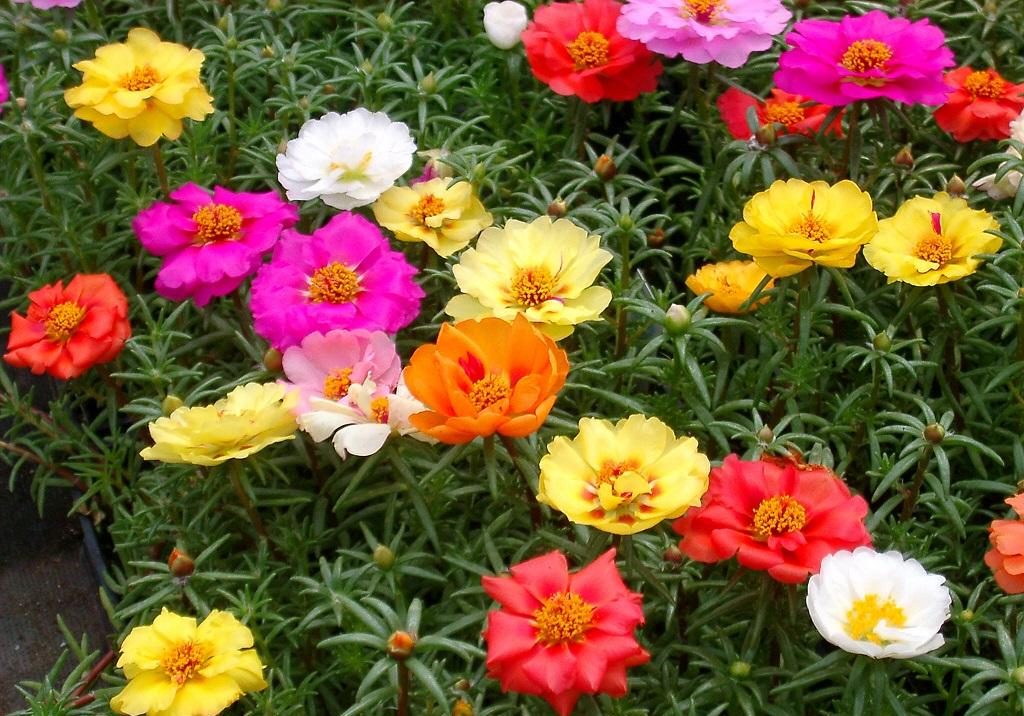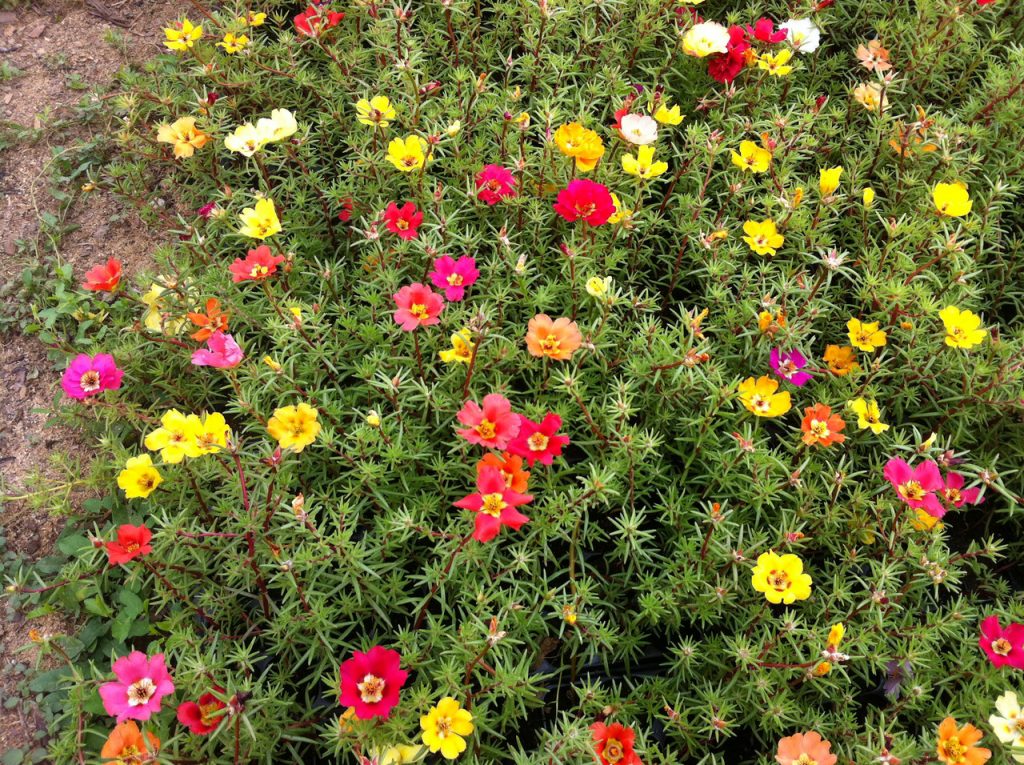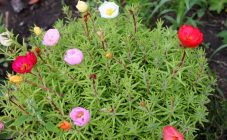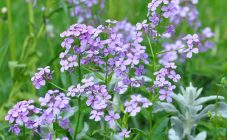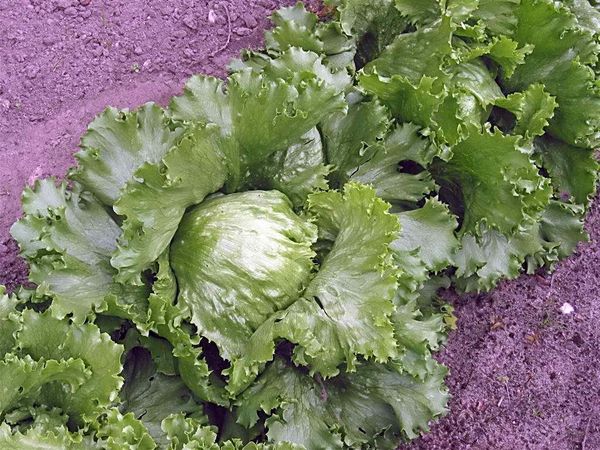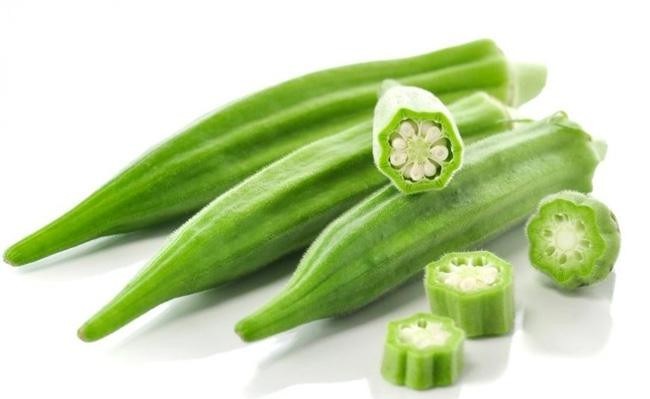Content:
Purslane is an annual, ornamental, flowering plant. The people call the flower "rug". For a summer cottage, it is preferable to grow flowers with seedlings so that you can plant them in the garden with the arrival of summer. The most common plant species are:
- large-flowered purslane (terry);
- garden purslane.
You can also sow a crop with seeds on a street flower bed after the air warms up to 20 ° C. If the soil has not yet warmed up enough, it is not worth sowing an annual plant, it simply will not survive.
Purslane: growing from seed, when to plant
When to sow purslane in open ground depends on the region, climatic conditions. You can start from the last days of February (in the south), in March (in the middle lane, Moscow region), in the first decade of April (in the Urals, in Siberia).
Growing conditions:
- Purslane grows well on poor, light, sandy and even rocky soils. Simply put, simple garden soil is suitable for him, but it is better not to use organic matter, peat. This can lead to the death of flowers. You can only add sand, charcoal.
- The plant should be planted in a bright, sunny place. It should be dry and warm. It is better to arrange a flower bed on an elevation on the south side of the cottage.
- The culture needs watering (especially in hot summers), but does not tolerate excessive humidity. The latter circumstance can cause fungal infections.
Reproduction
Purslane is bred mainly by seed method. You can also use the cuttings method. For this you need:
- Move the plant to a cool place in autumn.
- In the spring, cut the cuttings 5 - 6 cm long. Remove the lower leaves from them. You can root the petioles in water, sand, prepared soil. When it is warm, young shoots should be transplanted into a flower bed.
- Self-seeding is also used for reproduction, which is abundant in purslane. When young seedlings get stronger, they will give 5-6 leaves, then they are simply planted on the desired areas.
How to grow purslane from seeds at home for seedlings
Step-by-step sowing of purslane for seedlings:
- First you need to prepare the ground. You can not use nutritious store soils, because they contain peat (it inhibits the growth of crops).
- Mix ordinary garden soil (60%) with sand (40%). The resulting composition must be disinfected. It is poured onto a baking sheet, placed in a hot oven and ignited for half an hour.
- Landing containers are taken small (height 10 cm). Drainage holes are required. At the bottom of the pots, you can pour fine expanded clay, gravel, coarse sand (layer 1 - 1.5 cm).
- The containers are filled with soil, compacted, and moistened. You can add hydrogen peroxide to the water (1 tablespoon per 500 ml of water) or make a weak (pink) solution of potassium permanganate. This will stimulate seed growth.
- Next, grooves are made (depth 0.5 cm). A distance of 5 cm is left between them. Purslane (seeds) are laid out in a step of 1 cm, sprinkled with sand, slightly pressed, sprayed from a spray bottle.
- Pegs (15 - 20 cm) must be installed at the four corners of the planter. A film is pulled over them. Instead, you can use a plastic container lid, glass. It turns out a small greenhouse.
- Comfortable temperature 22 ° C (preferably 30 ° C). The sprouts should appear after 5 to 12 days.
- If necessary, you can light up the seedlings in the morning (2-3 hours), in the evening (the same), in cloudy weather.Every day you need to remove the film for a short time for airing. When the earth dries up, it is sprayed with water from a spray bottle.
Growing purslane from seeds is not a difficult task. Further steps for beginners:
- The shelter is removed after the sprouts appear. When a couple of real leaves grow, the seedlings need to dive. Use small pots (4 - 7 cm in diameter) or a spacious box.
- Purslane is planted, burying it in the ground or adding soil to the cotyledon leaves. 4 - 5 cm are left between the seedlings.
- Water the seedlings regularly. Do not allow the soil to dry out. Also flowers need additional lighting.
- It is possible (but not necessary) to feed the plants weekly with mineral fertilizer (ammonium sulfate - ½ part of a matchbox for 10 liters of water).
- Quenching is carried out after the dive. Every day, plants are taken out into the air (for 10 - 15 minutes), provided that the temperature is not lower than 10 ° C.
- They continue to harden the plants for 7-14 days, gradually increasing the time to 5-6 hours.
- Seedlings are planted in open ground in late May - early June. In cold regions, this is mid-June.
- Flowers are planted at a distance of 10 - 15 cm. The first 7 days are often watered, then the irrigation is reduced to 1 time in 10 - 14 days, since purslane is a succulent, and it can go without water for a long time.
- At first, it is necessary to loosen the soil around young plants, but in the future it will become difficult, since the plant grows, forming a dense carpet.
How to collect purslane seeds
Seeds are collected during warm sunny weather. The buds you like are marked during the day, and in the evening the petals are cut off from the withered specimens. The seed pods are left until they are fully ripe. Somewhere in August, they can already be collected. Then the seeds need to be removed and poured into a paper bag, which is then sent to the refrigerator for storage.
Purslane is an unpretentious but very beautiful plant. The flower is light and easy to grow and requires little or no maintenance. But in the summer it pleases the eye with small buds of various colors.
